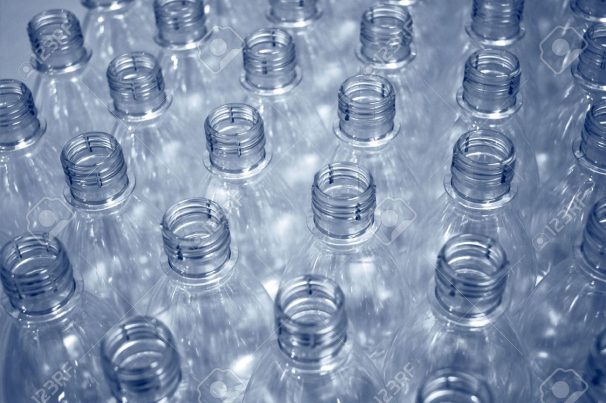How to recycle plastic food bottles for TEOTWAWKI
Wednesday, October 17, 2018 by Edsel Cook
http://www.bugout.news/2018-10-17-how-to-recycle-plastic-food-bottles-for-teotwawki.html

One day, when the world as we know it comes to a crashing end, the seemingly endless supply of plastic bottles – among many other consumer products – will dry up. Preppers are advised to stockpile these versatile containers while they can, and an article in Survivopedia gives ten ways of reusing them in a post-collapse world.
A sieve or strainer serves as a water filter, cooking implement, and watering implement for plants. If you don’t have either of those at hand, you can always punch several holes into a plastic bottle.
For more precise patterns and holes, put some water into the bottle before freezing it without a cap. Once it is frozen, secure it on a work surface and use a sharp nail to poke holes into it. (Related: Improvising while prepping: Everyday items that can double duty in an emergency.)
Filtering toxin, catching bugs, and building shelters
Continuing with the water-related uses, plastic bottles can be used to purify water. The easiest way is to fill a transparent bottle with unfiltered water. Leave it in the sun for a few hours so that the UV light can disinfect the water.
You can also cut open a bottle and add layers of various filtration materials. Layers of charcoal, gravel, and sand will filter out differently-sized particles.
A similar makeshift water filter will be important for hydroponics. A plastic bottle filled with charcoal and fiber floss will improve the water quality for plants and fish.
Plastics bottles can also be used to catch and kill bugs. When cut in half, arranged to prevent escape, and filled with home-made bug killers, they will deal with disease-carrying insects like horse flies and mosquitoes.
Filling bottles with sand turns them into sturdy construction materials for building walls. Other fillers can let them passively heat or cool a space. A mix of water and bleach make for a good natural light bulb.
Bottles can be cut up to serve as impromptu roof tiles. They can also be melted down to mold into the right shape.
Fixing leaks, garden planters, and organizing items
When the pipes start leaking, you can use patches cut from plastic bottles to seal the leak. Either use super glue to bond the plastic patch to the pipe, or use a heat source to melt the plastic into place.
Turn bottles into garden planters that contain soil to grow important plants anywhere. Hang them on walls to make vertical gardens. If you are making a shelter, hang the planters outside the walls and let wild growth hide your building.
You can build a vertical garden tower using plastic bottles with large holes at different levels of the container. Grow different plants in each hole at each layer. Garlic, herbs, and onions will thrive in this layered arrangement.
Remember how certain materials manage temperature? You can build a greenhouse with walls made from bottles filled with water, which traps and holds heat for long periods of time.
Cut-down bottles of different shapes and sides can serve as counter organizers and drawers. You can even take them further and build vertical storage trays.
Life jackets, watercraft, and air appliances
For preppers who do not know how to swim, empty plastic bottles can be tied together and worn as a life jacket to keep you afloat. If you have a lot of bottles, you can lash and glue them together to create a raft or a boat for heavier cargo.
Finally, if you have the right materials and tools for the conversion, water bottles can be used to build a makeshift air blower device or a vacuum cleaner.
Head on over to Survival.news for more tips about using plastic bottles in disaster scenarios.
Sources include:
Tagged Under: Tags: construction materials, DIY, How to recycle, how-to, Plastic Bottle, plastic bottles, plastic recycling, recycling, TEOTWAWKI

